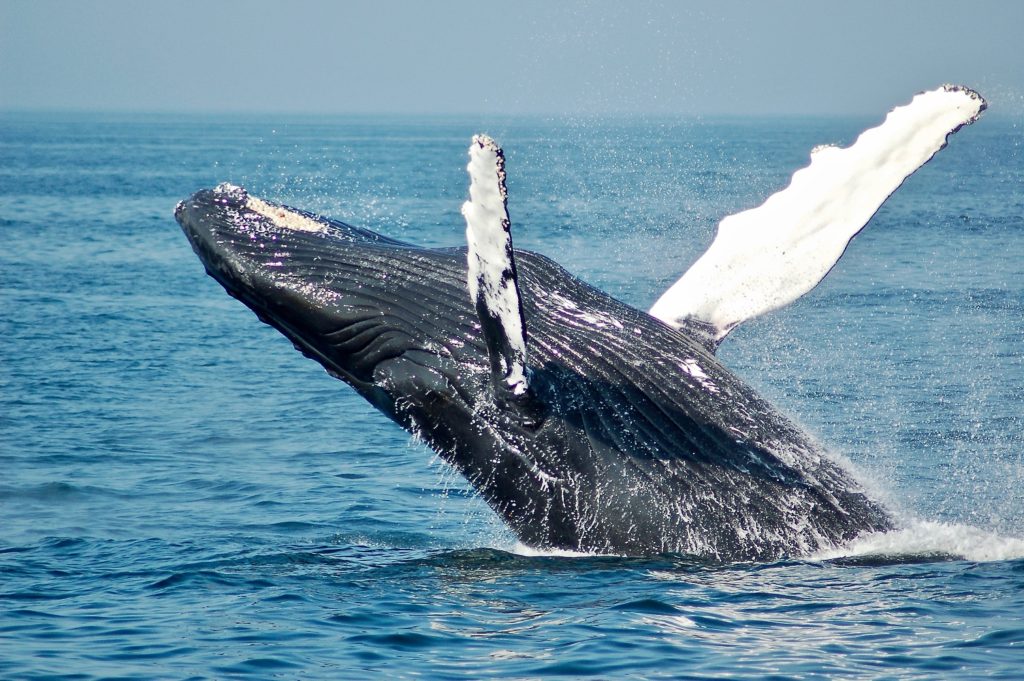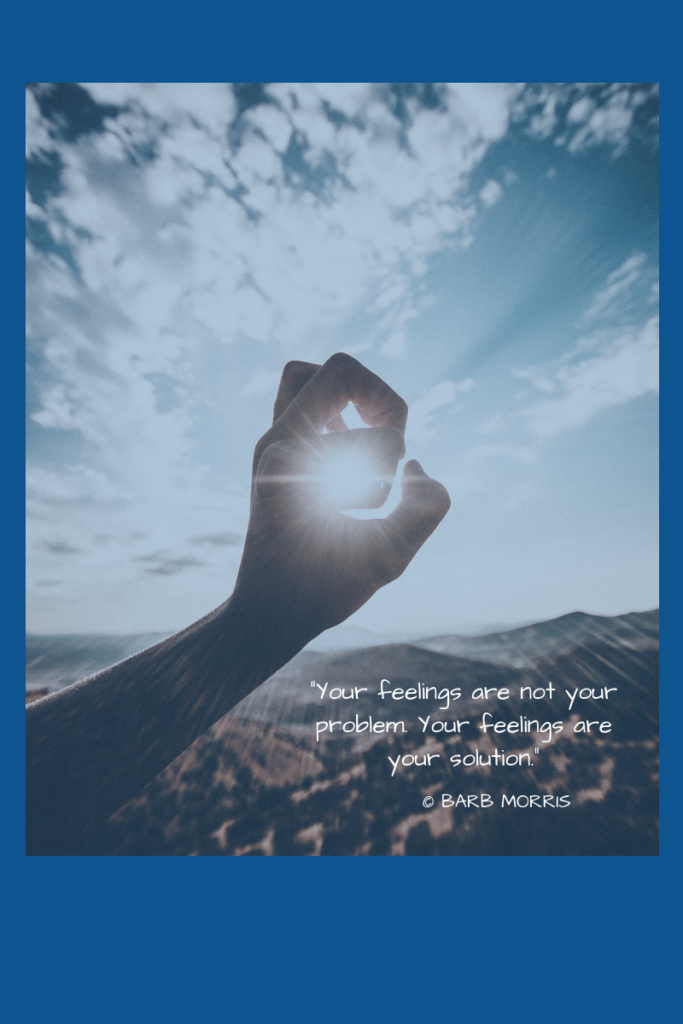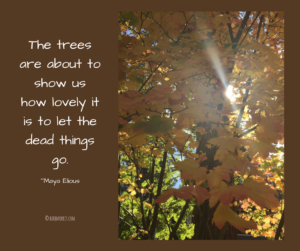“The problem with living from your soul is that other people don’t like it.”
Last week I got a little more real about what living from soul rather than façade is looking like for me, boots on the ground. I told you that I’ve quit church, and how my brain is afraid that some of my Episcopal priest husband’s parishioners will be angry with me.
It’s scary to make changes that others don’t like.
So how do we do this hard thing? How do we resist the “change back attacks,” as Martha Beck calls them, that will inevitably follow when we make real change? Change that threatens the status quo. Change that rocks the family boat. Change that makes other people feel judged and defensive.***
Here are some suggestions, most inspired by Martha’s new book, The Way of Integrity.
1. Remember that your body, being wordless, cannot lie. Imagine staying with the status quo, capitulating to the change back attack. Now imagine living your truth. Which feels better in your body?
2. If living from your soul, living your life based on your truth, feels better, ask yourself: “Why would I make choices that feel bad to me?” Then really listen to your brain’s responses. Question the truth of the thoughts causing you to suffer.
3. Know your values. When the going gets rough, when the grief hits, when loved ones and even strangers tell you to stop it already, know why you’re doing this hard thing. Write those values and put them where you’ll see them often. Make them part of your morning ritual. Do what you need to do to ground yourself in your values.
4. Create a mission statement to remind you of your intention and your values. Short is best. Strive for two or three words.
5. Make 1% shifts toward soul. Small shifts add up over time.
6. You can always choose to maintain the outward status quo. This is a perfectly valid choice. If you choose this course of action, you must always tell yourself the truth. You don’t have to make any outward changes at all, as long as you stop lying to yourself, and you intentionally choose incongruency between inner truth and outer life. Be warned, though. This is a costly choice to make. Incongruence will inevitably drain your energy and affect your wellbeing.
7. Find your community. Despite your brain’s message that if you make changes others don’t like you’ll die alone on the savannah, your community exists. You find your community when you speak authentically.
Clarissa Pinkola Estes speaks to this phenomenon in Women Who Run With the Wolves when she quotes poet Charles Simic (pronouns changed): “She who cannot howl, will not find her pack.”
And from Sue Monk Kidd, in The Dance of the Dissident Daughter, her memoir exploring her spiritual journey from evangelical Christianity (façade) to the sacred feminine (soul):
“The reason I went ahead and wrote this book is difficult to express, so I will try to explain it this way. While I was writing it, a nature show came on television, a special about whales. I watched them on the screen as they flung themselves out of the sea, arced into the air, then fell back into the water. The behavior, the narrator said, is called breaching. He also said it may be the whales’ way of communicating when the seas get high and wild. He speculated it was a tracking system for rough weather, some kind of urgent and powerful ballet that allowed the whales to follow one another’s vibrations and not get lost. With each lunge, the whales marked their course, letting the others know where they were.
I thought to myself that women must have the whale’s instinct. When we set out on a woman’s journey, we are often swimming a high and unruly sea, and we seem to know that the important thing is to swim together—to send out our vibrations, our stories, so no one gets lost. I realized that writing my book was an act of breaching. I hoped my story might help you find or keep your bearings or encourage you to send out your own vibrations.”
May we swim together, my sisters. May we show each other the way. May we be courage and inspiration and support for each other as we navigate this wild ocean of soul-based living and loving.
***Your actions, of course, don’t make others feel anything. It’s their thoughts about your actions that cause their feelings. You are not in charge of other people’s feelings. Just so we’re clear.
PS. Have you subscribed to my weekly newsletter? That’s where I’m sharing more about what I’m up to with coaching, writing, and workshops. It’s also where I’m inviting you to tell me what you’d like to hear more about. Come on over!
Photo by Todd Cravens on Unsplash





